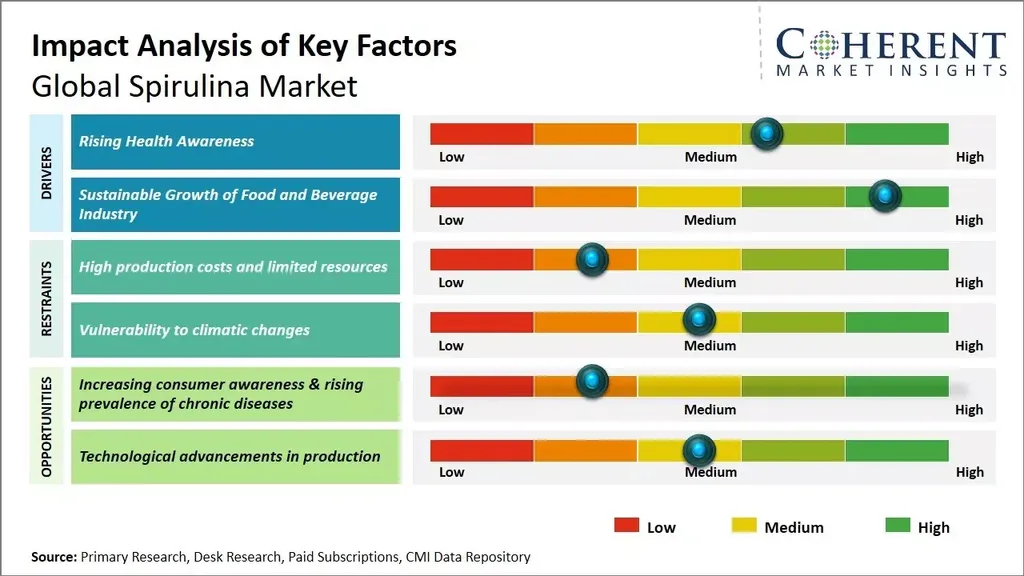In the burgeoning world of sustainable food solutions, one microalgae is making waves—not just for its nutritional prowess, but for its potential to reshape consumer markets. Spirulina (Limnospira platensis), a blue-green algae, is capturing attention for its versatility and health benefits, but its path to widespread acceptance is paved with challenges. A new systematic scoping review, led by Giuseppina Migliore from the Department of Agricultural, Food and Forest Sciences (SAAF) at the University of Palermo, Italy, dives deep into consumer attitudes and preferences surrounding Spirulina, offering insights that could steer the future of this promising functional food.
The global microalgae market is booming, driven by a growing demand for sustainable and nutrient-rich food sources. Spirulina, in particular, stands out due to its high protein, lipid, vitamin, and bioactive compound content. Its applications span human nutrition, animal feed, medicine, and even the cosmetics industry. However, despite its potential, consumer acceptance remains a hurdle. “Health benefits are a primary driver of acceptance, but barriers like unfavorable taste and food neophobia—fear of trying new foods—are significant,” Migliore explains. This review, published in the *Journal of Agriculture and Food Research* (translated to English as *Journal of Agriculture and Food Research*), highlights the need for targeted marketing strategies and product innovations to overcome these obstacles.
The study reveals that familiarity with Spirulina plays a crucial role in consumer acceptance. Regions where Spirulina is already integrated into traditional diets show higher acceptance rates. This suggests that cultural and regional factors significantly influence consumer behavior. “Understanding these nuances is key to developing effective marketing strategies,” Migliore notes. For instance, in regions where Spirulina is less familiar, educational campaigns and innovative product formulations could bridge the gap.
The commercial implications of this research are substantial. As the demand for sustainable and health-conscious food options grows, companies investing in Spirulina could tap into a lucrative market. However, success hinges on addressing consumer concerns and preferences. Product innovations, such as masking Spirulina’s strong taste with flavor enhancements or incorporating it into familiar food products, could enhance its appeal. Additionally, targeted marketing campaigns that highlight its health benefits and address food neophobia could drive acceptance.
The review also underscores the need for further research into consumer behavior across different demographics and regions. This understanding could inform product development and marketing strategies, ensuring that Spirulina’s potential is fully realized. “The future of Spirulina lies in its ability to adapt to diverse consumer needs and preferences,” Migliore concludes.
As the world shifts towards more sustainable and health-focused food solutions, Spirulina’s role becomes increasingly significant. This research not only sheds light on the current consumer landscape but also paves the way for future developments in the field. By addressing the barriers to acceptance and leveraging its nutritional benefits, Spirulina could emerge as a staple in the global diet, reshaping the food industry and contributing to a more sustainable future.

